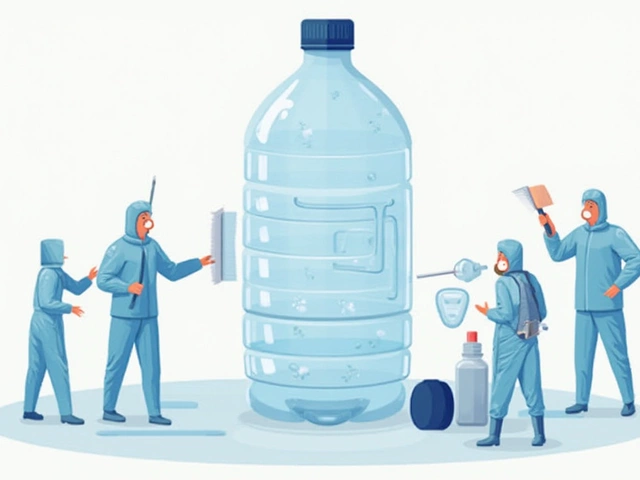How to Get a Racing License – Your Quick Guide to Motorsport Licensing
If you’re dreaming about hitting the track, the first thing you need is a racing license. It’s the passport that lets you join official events, prove you know the rules, and keep everyone safe. Getting one might sound complicated, but break it down and you’ll see it’s just a few clear steps.
What a Racing License Actually Covers
A racing license isn’t a driver’s licence – it’s a credential issued by a sanctioning body like the SCCA, IMSA, or NASCAR. It confirms that you’ve met age, health, and experience requirements. Most licenses also require a basic skill test, a medical exam, and a fee. In short, it tells race officials you’re ready for the track.
Step‑by‑Step: Getting a License in the United States
1. Choose the right sanctioning body. Different series use different licences. For club racing, the Sports Car Club of America (SCCA) is common. For open‑wheel or stock car racing, look at USAC or NASCAR’s licensing program.
2. Meet the age rule. Most licences start at 16, but some high‑performance series raise the limit to 18. Bring a birth certificate or passport to prove it.
3. Gather proof of experience. If you’ve driven a go‑kart, driven on a road course, or completed a driving school, collect any certificates or logs. If you’re brand new, many clubs let you start with a basic “Novice” licence after a short on‑track test.
4. Pass the medical exam. A simple physical checks vision, hearing, and overall health. Some bodies require a signed doctor’s statement; others have an in‑person exam at a local clinic.
5. Complete the on‑track test. This usually involves a few laps under the watch of a certified instructor. You’ll be judged on car control, braking, and obeying flag signals. Don’t worry – the test is designed to spot beginners, not to turn you away.
6. Pay the fee. Fees vary. A novice licence can be as low as £50 (≈$60), while higher‑level licences cost $150 or more. The fee covers the paperwork, the sanctioning body’s admin, and sometimes your test session.
7. Submit the application. Most bodies let you fill out a form online, upload your documents, and pay by credit card. After a quick review, you’ll receive your licence by mail or as a digital card.
That’s it – you’re officially a licensed racer and can start signing up for events.
While the US process is a good example, other countries follow similar steps: age check, health clearance, skill test, and a fee. In the UK, the MotorSport Association (MSA) handles licences, and the paperwork often goes through a club.
Here are a few extra tips to speed things up:
- Schedule your medical exam early – some doctors have a waiting list.
- Practice the flag signals at a local karting track; it makes the on‑track test smoother.
- Keep copies of every document. A missing certificate can delay approval.
- Check whether the licence you need is for “Novice,” “Club,” or “National” level – choosing the right one saves money.
Once you have the licence, the real fun begins. Look for entry‑level events, sign up on the sanctioning body’s calendar, and start racing. Remember, the licence is a living document – you’ll need to renew it every few years and add experience points to move up the ranks.
Got questions? Drop a comment below or ask your local racing club. Getting a licence is the first step toward the track, and with these basics you’re ready to roll.
How can I get a racing license in US?
Posted by Daxton LeMans On 16 Feb, 2023 Comments (0)

Obtaining a racing license in the United States is necessary to compete in sanctioned races. Depending on the governing body, the type of license and process to obtain it can vary. Generally, applicants must be at least 16 years of age and provide proof of previous experience. They must also pass physical and mental evaluations, pass medical exams and complete a certain amount of driving hours. Finally, applicants must pay a fee for the license and demonstrate that they understand the rules and regulations of the sport.




